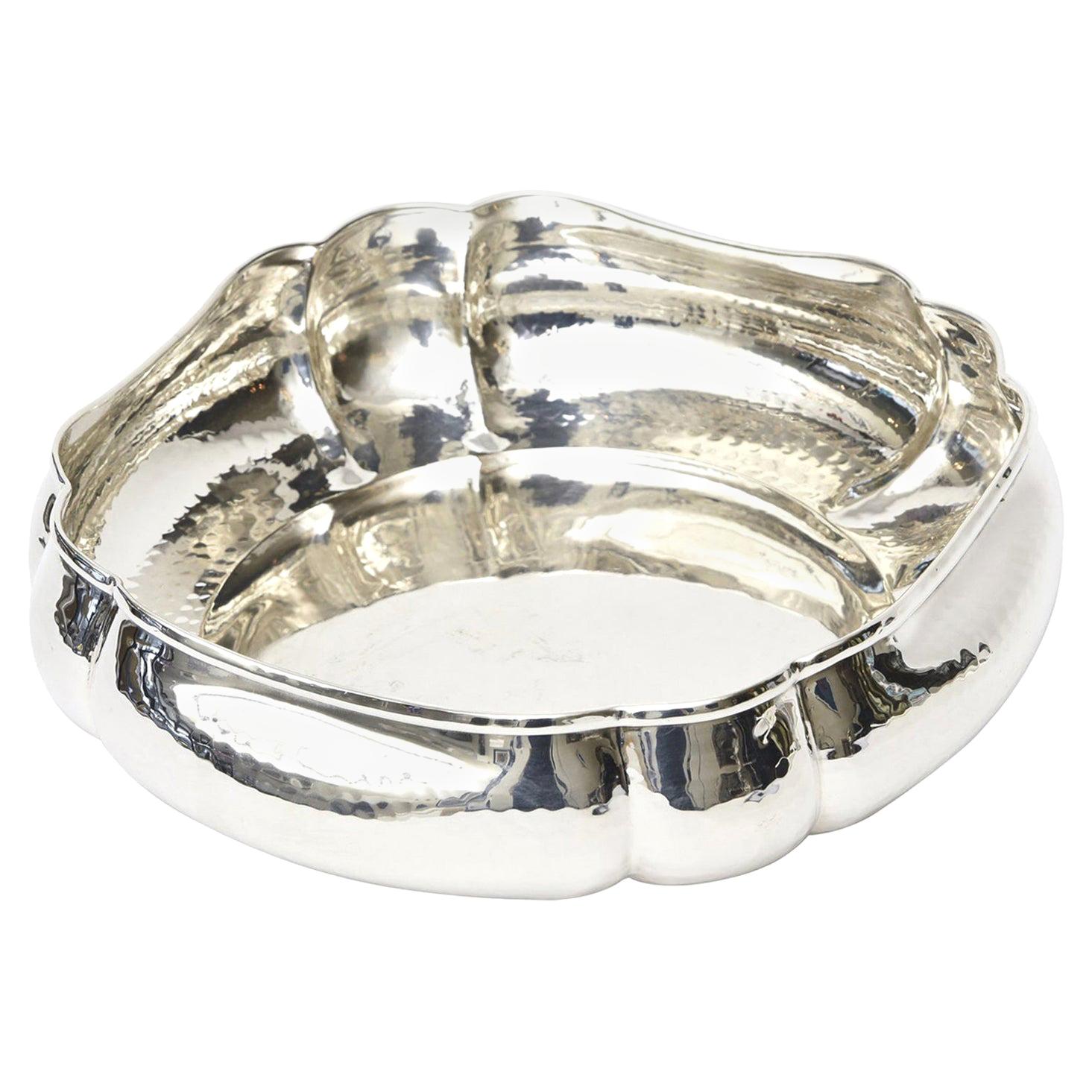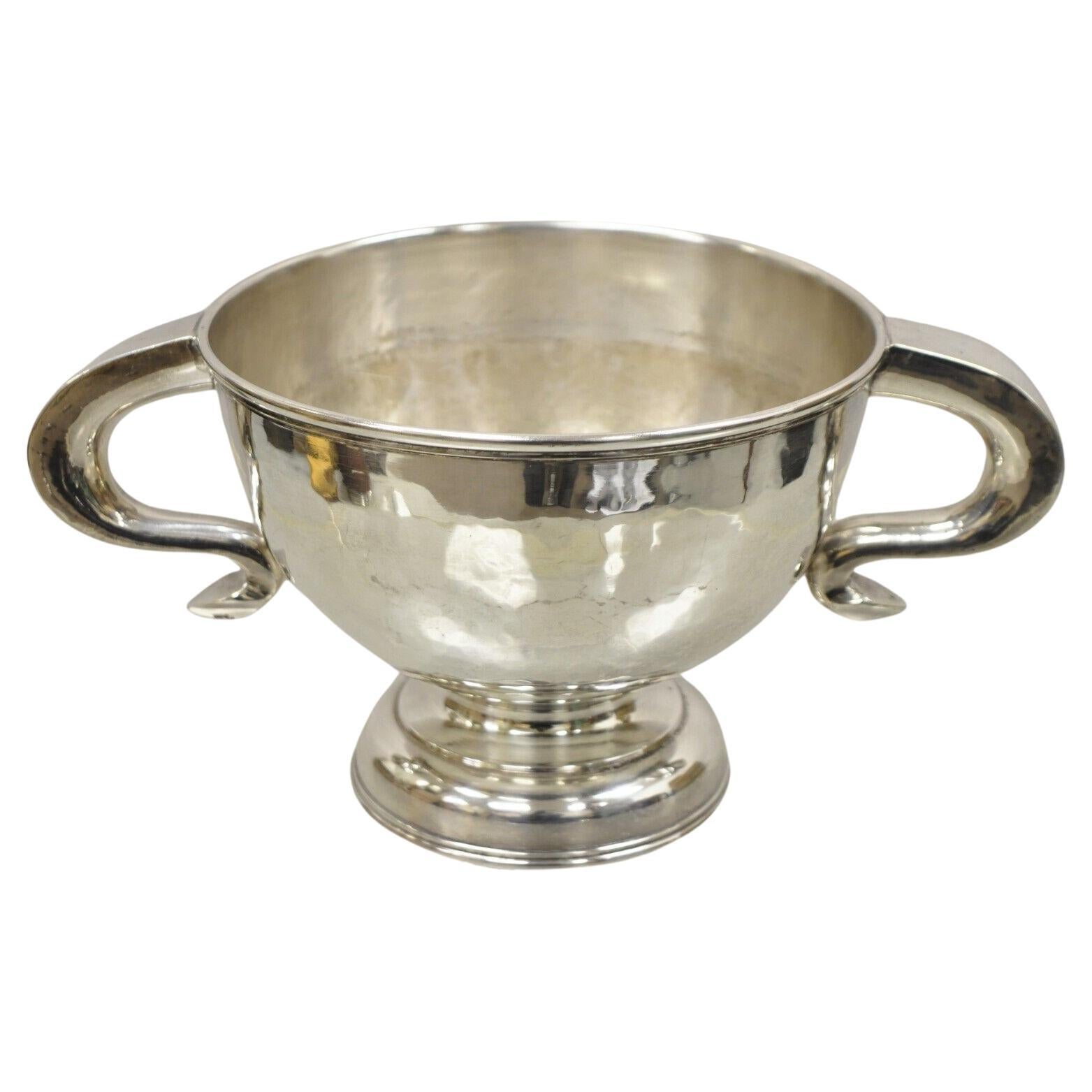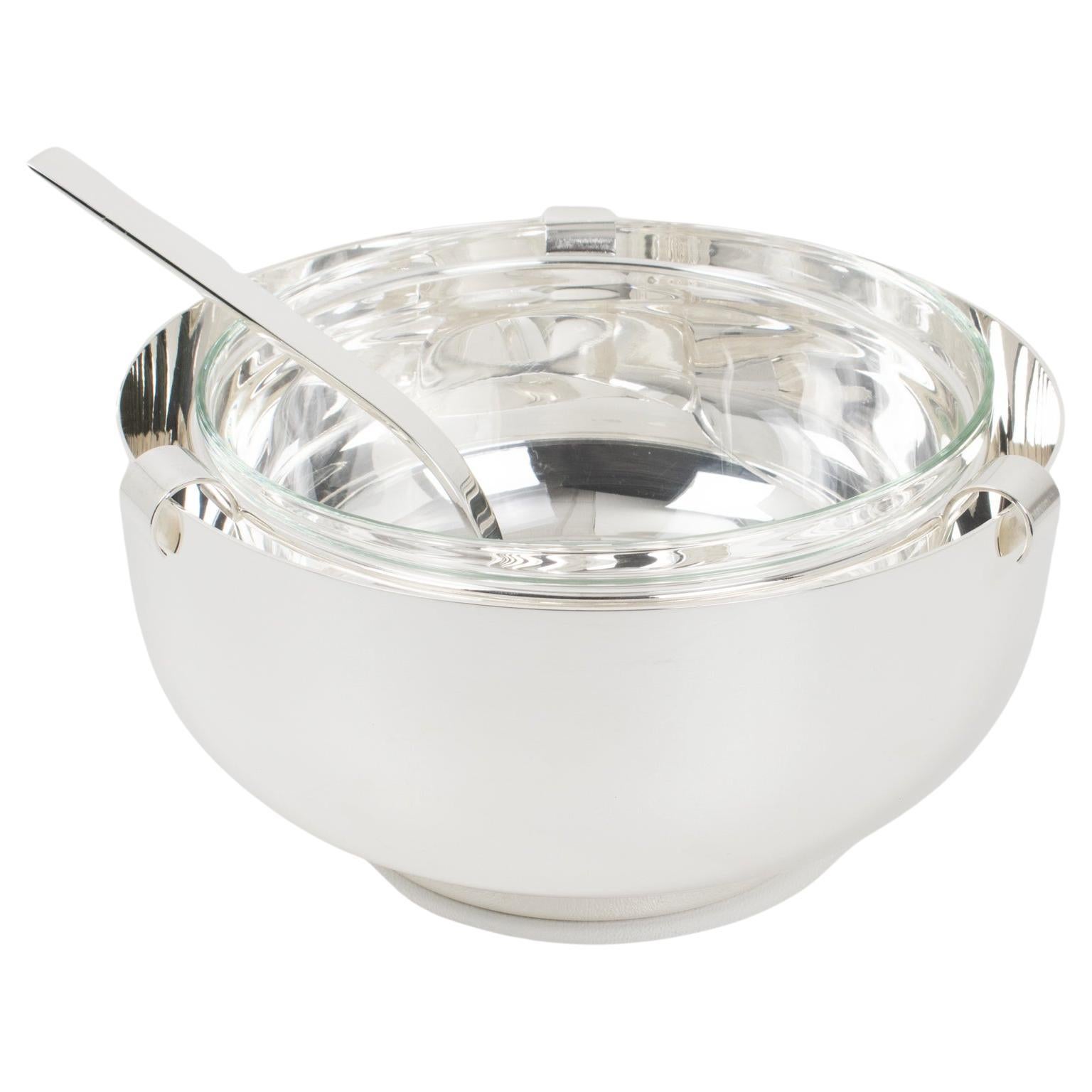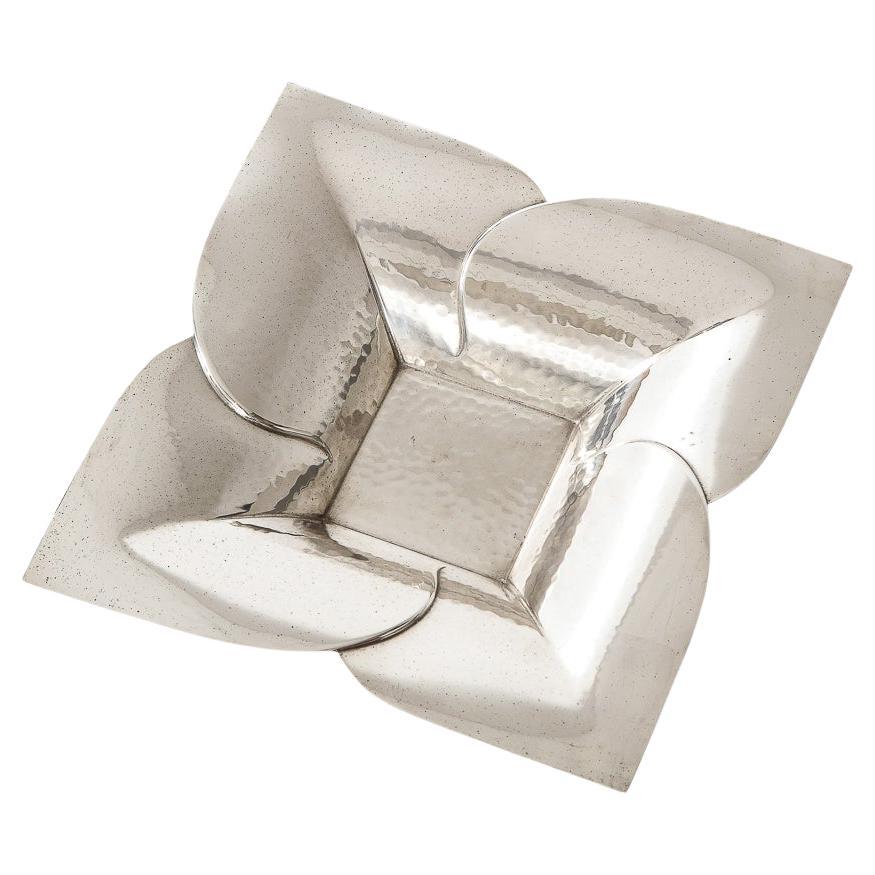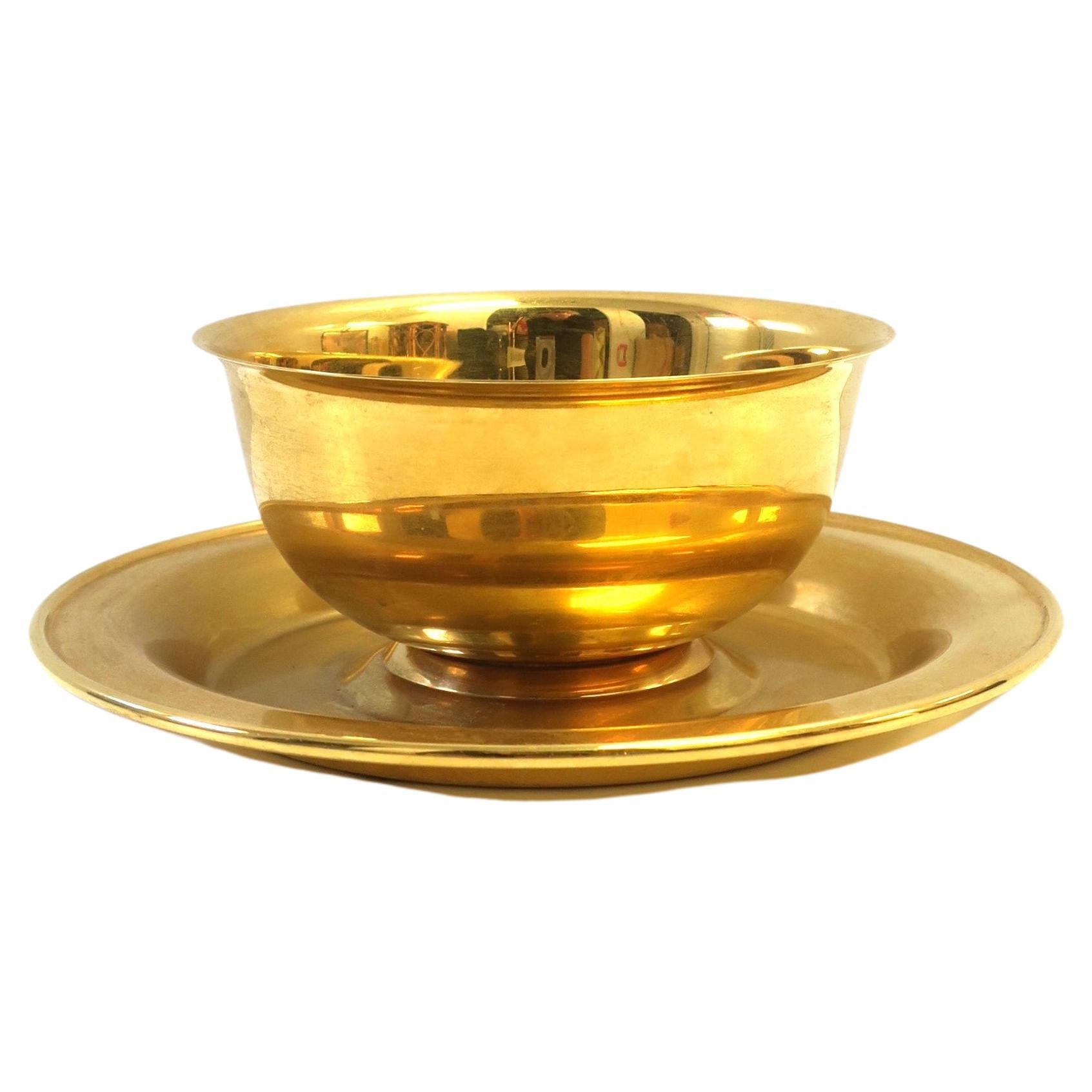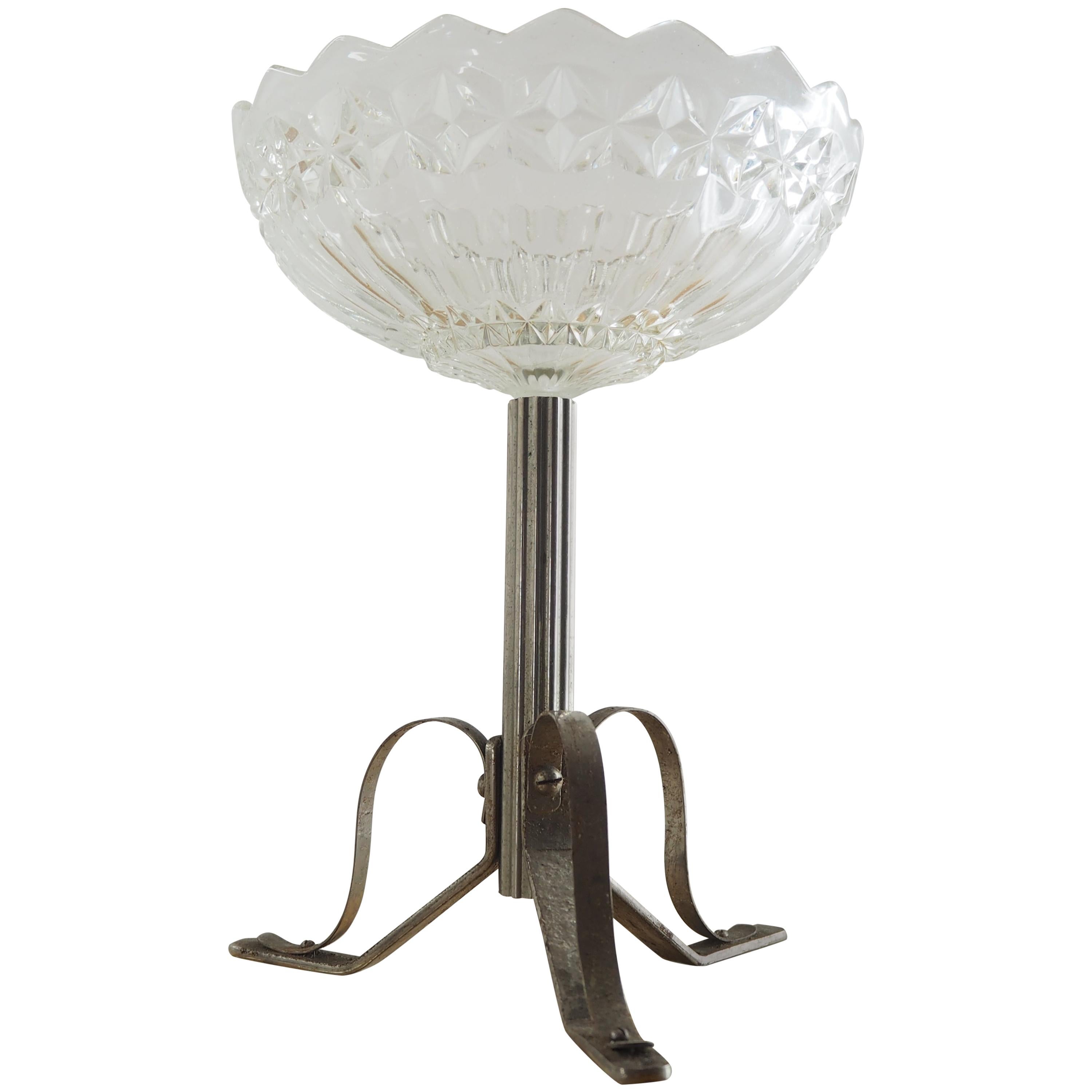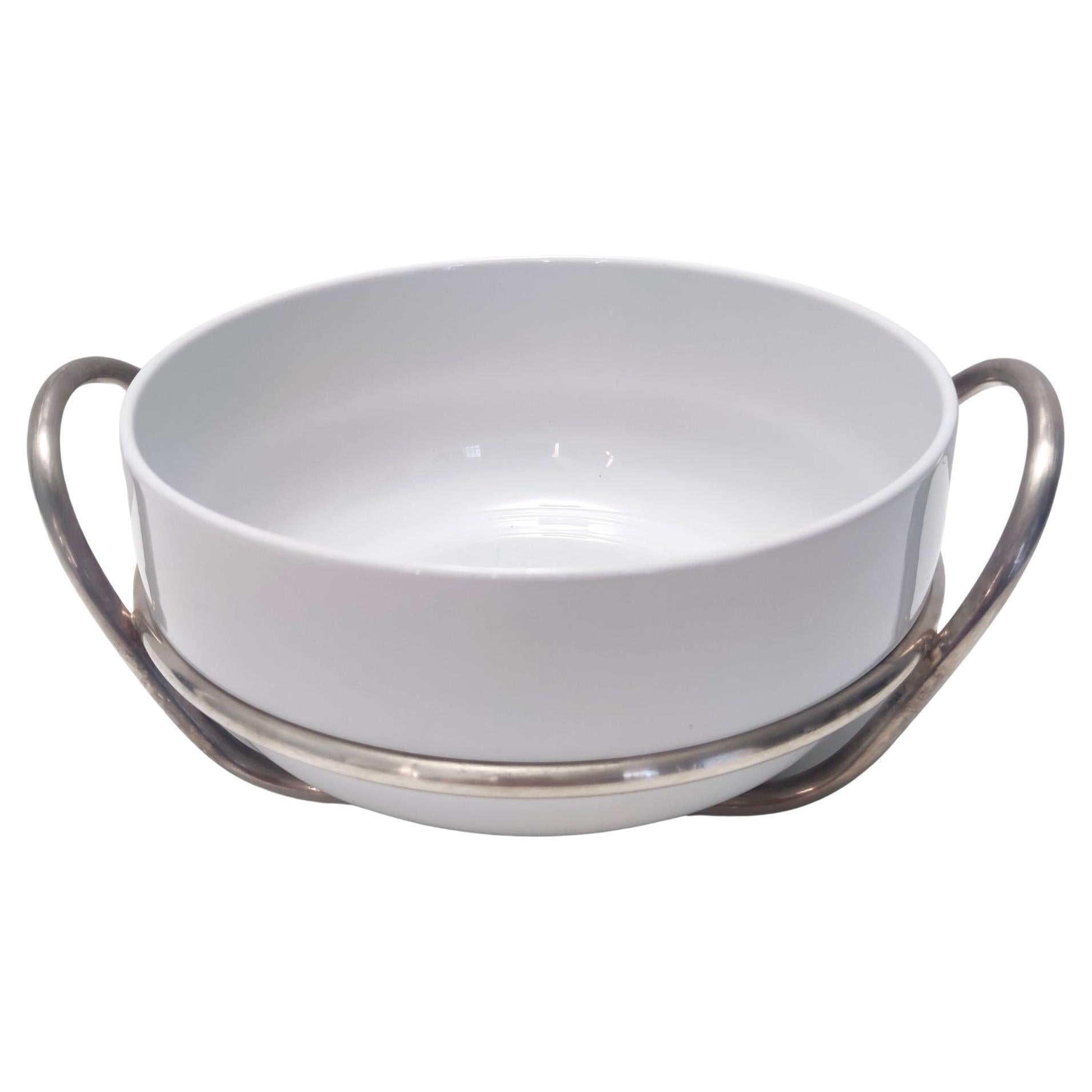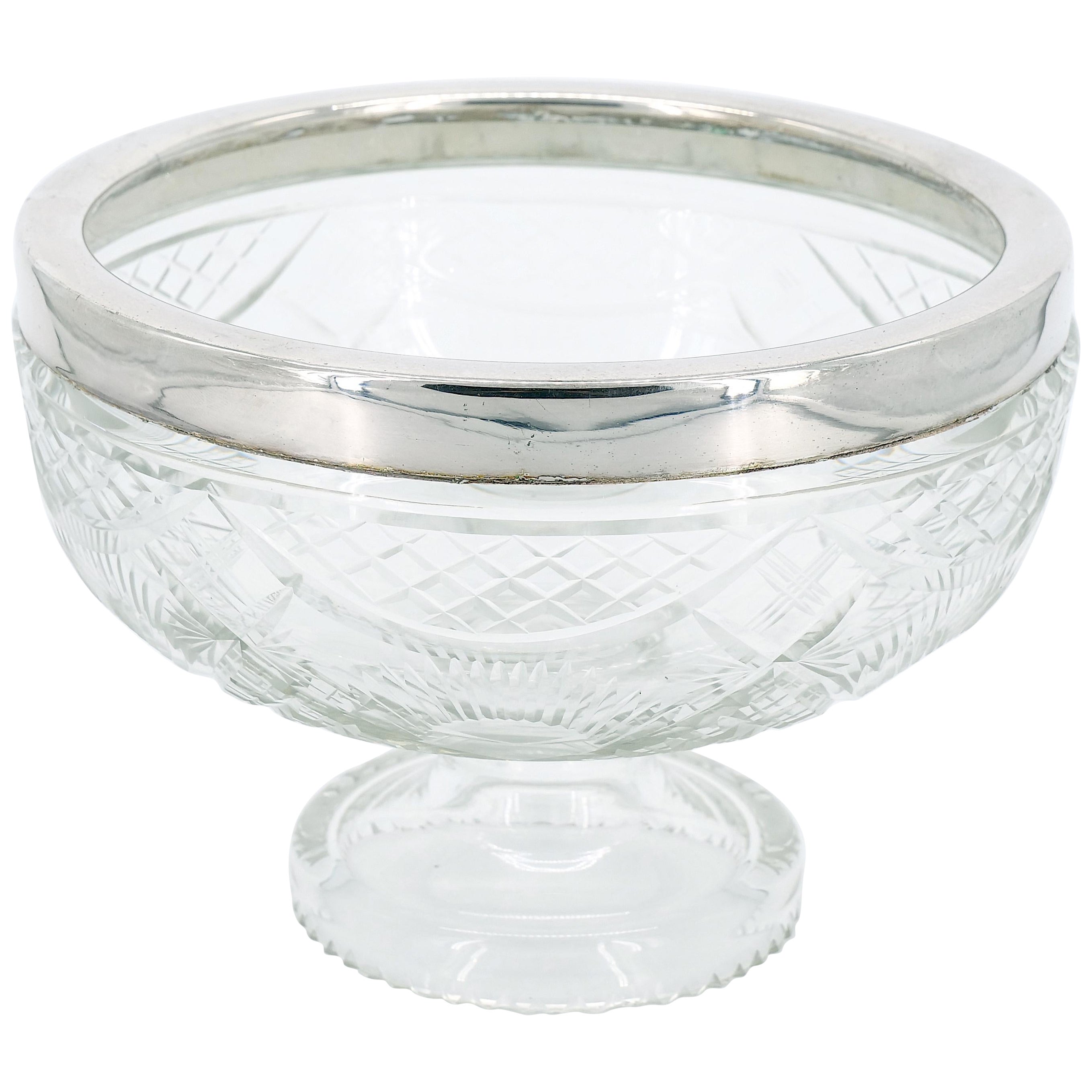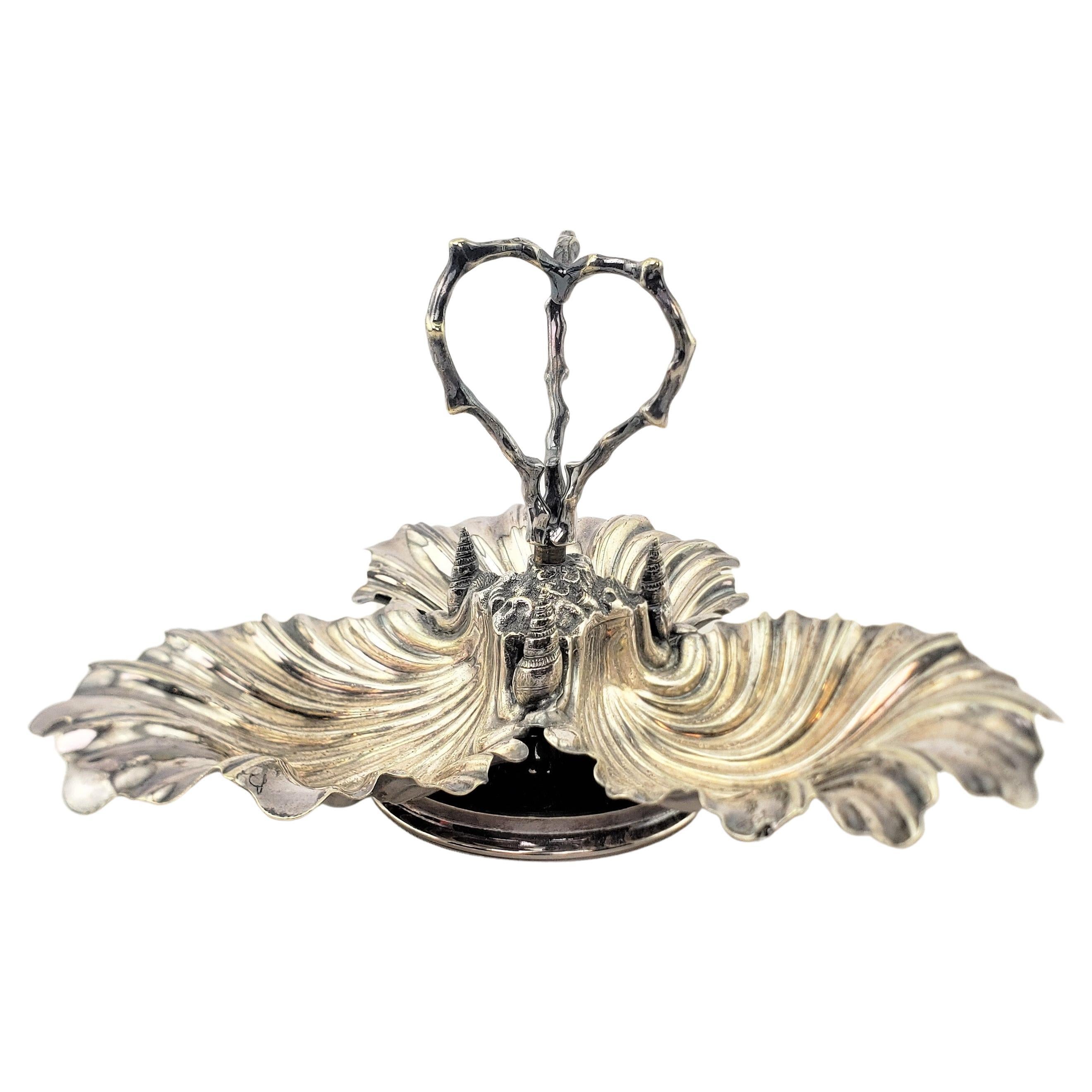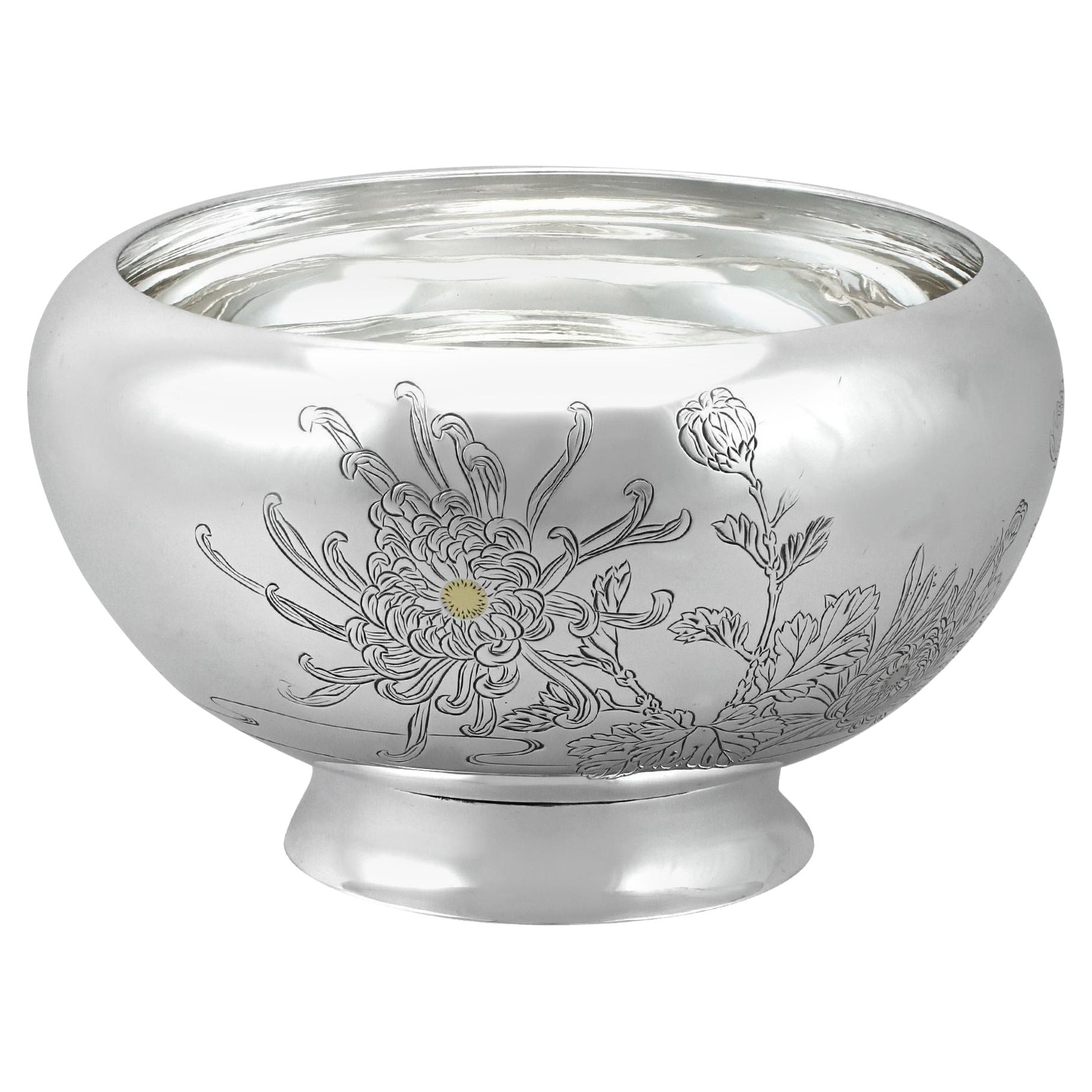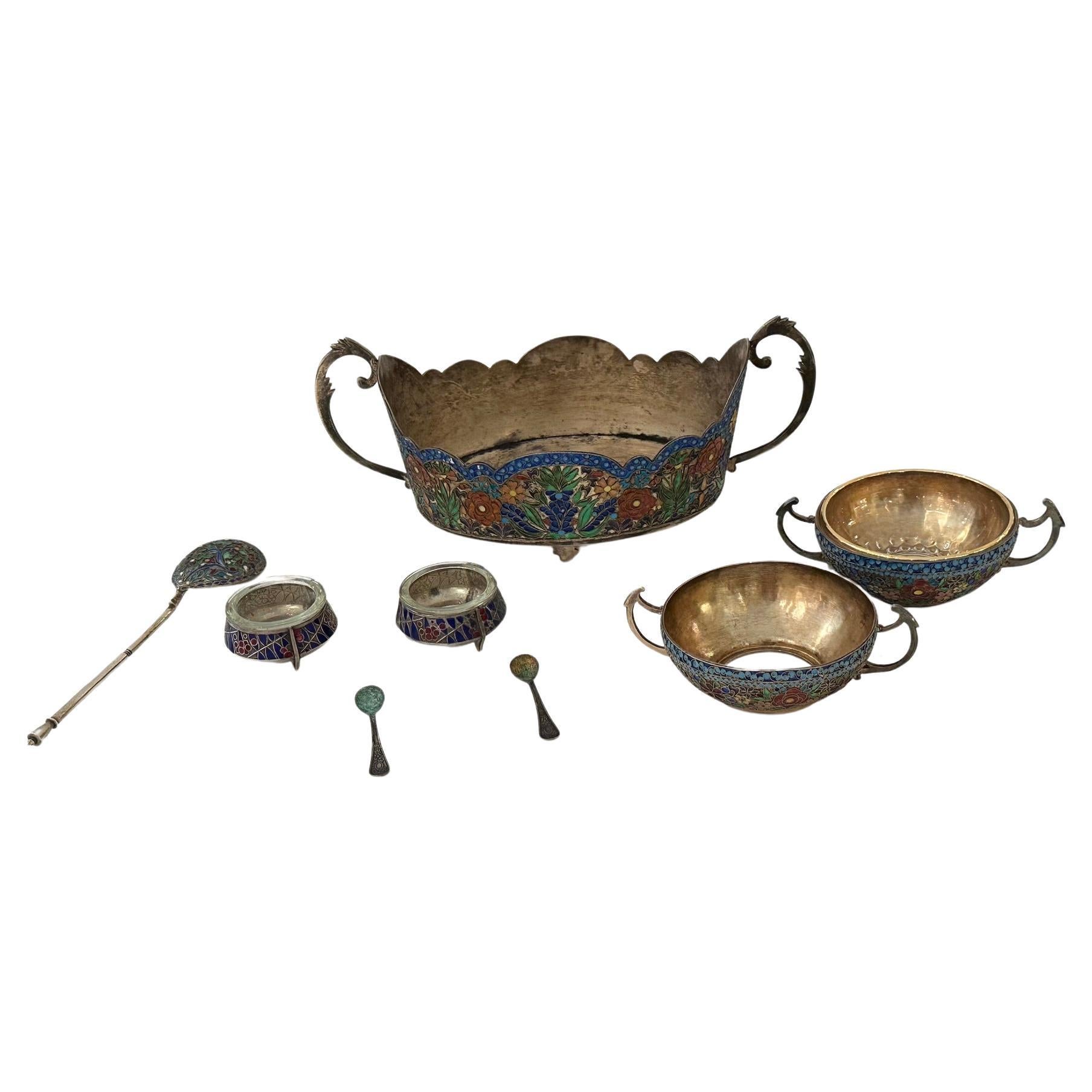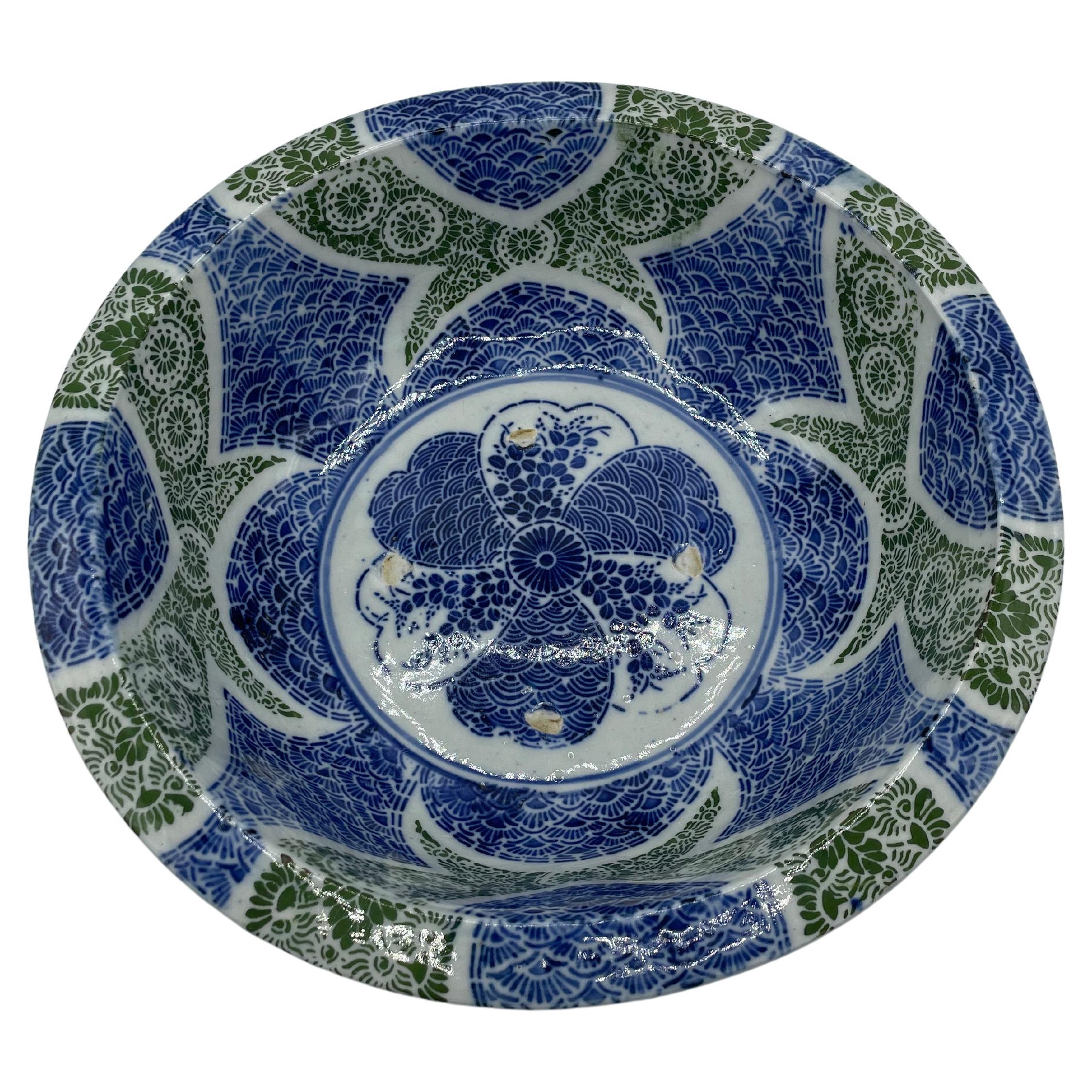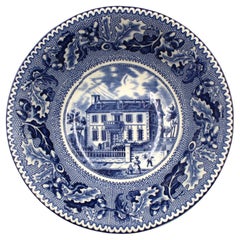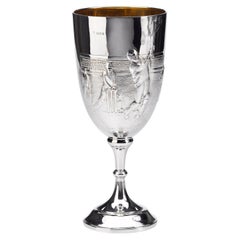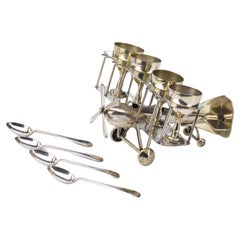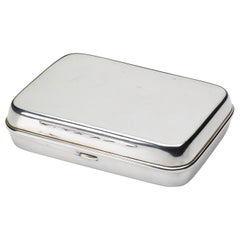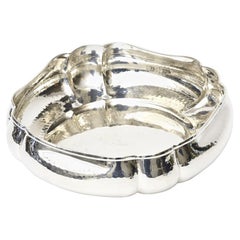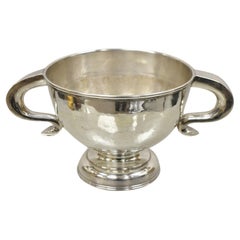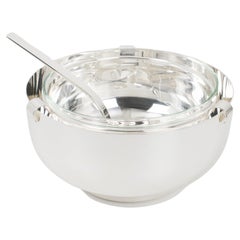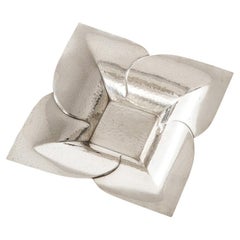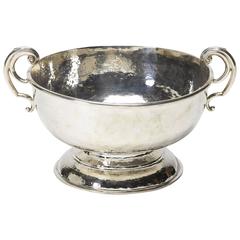
British Silver-Plated and Hammered Serving Bowl Trophy, Circa 1920
View Similar Items
Want more images or videos?
Request additional images or videos from the seller
1 of 2
British Silver-Plated and Hammered Serving Bowl Trophy, Circa 1920
About the Item
- Dimensions:Height: 5.5 in (13.97 cm)Width: 12.5 in (31.75 cm)Depth: 10 in (25.4 cm)
- Period:
- Date of Manufacture:1920-1940
- Condition:Wear consistent with age and use.
- Seller Location:Colorado Springs, CO
- Reference Number:1stDibs: LU90973200962
About the Seller
4.9
Platinum Seller
Premium sellers with a 4.7+ rating and 24-hour response times
Established in 2010
1stDibs seller since 2011
448 sales on 1stDibs
Authenticity Guarantee
In the unlikely event there’s an issue with an item’s authenticity, contact us within 1 year for a full refund. DetailsMoney-Back Guarantee
If your item is not as described, is damaged in transit, or does not arrive, contact us within 7 days for a full refund. Details24-Hour Cancellation
You have a 24-hour grace period in which to reconsider your purchase, with no questions asked.Vetted Professional Sellers
Our world-class sellers must adhere to strict standards for service and quality, maintaining the integrity of our listings.Price-Match Guarantee
If you find that a seller listed the same item for a lower price elsewhere, we’ll match it.Trusted Global Delivery
Our best-in-class carrier network provides specialized shipping options worldwide, including custom delivery.More From This Seller
View AllVintage "The Hancock House" Blue Transferware Bowl by Johnson Brothers
By Johnson Brothers
Located in Colorado Springs, CO
Presented is a blue-glazed transferware bowl, by the famous British potters Johnson Brothers. Made in England, this bowl comes from their “Historic A...
Category
Antique Mid-19th Century English Victorian Serving Bowls
Materials
Ceramic, Pottery
Sterling Silver Cricket Trophy, circa 1923
Located in Colorado Springs, CO
This is a handsome sterling silver trophy dating to circa 1923. Detailed in raised relief on the the goblet-shaped trophy is an energetic cricket scene. It shows a cricket batter as ...
Category
Vintage 1920s British Sports Equipment and Memorabilia
Materials
Sterling Silver
Silver Plated Airplane-Themed Tableware, circa 1910
Located in Colorado Springs, CO
This is a beautiful silver-plated egg cup and spoon set with an airplane motif, dating to the early 1910s. The set includes four matching footed egg cups. The cups sit upon the stack...
Category
Vintage 1910s English Art Deco Sheffield and Silverplate
Materials
Silver
Hallmarked Silver Plated Keepsake Box, Sheffield, Uk, Circa 1900
Located in Colorado Springs, CO
Offered is a stunning Sheffield silver keepsake box dating to 1900, with associated hallmark. This small box includes a clean interior and rounded corners. The box is free of names or initials, but would have been used to house keepsakes such as jewelry or cufflinks. A well maintained, elegant piece, this antique silver box is an excellent addition to any silver collection.
Trinket or keepsake boxes have taken on many forms since their first conception in ancient times. However their purpose remains the same; to store jewelry and other items precious to the owner. Originally, these boxes were used specifically for jewelry. These were in common use as early as 5000 BC in Ancient Egypt, when the majority of Egyptians, both male and female, wore jewelry. Boxes were used to keep these gemstone encrusted items safe. In Ancient Rome, jewelry was a status symbol. Rings and brooches were utilized to represent ones status in society. Again, boxes were needed for security and storage purposes. Finding early examples of these are quite rare.
Victorian and Edwardian examples of trinket boxes are far more common. This is because owning jewellery was a luxury until the Victorian era- let alone possessing so much a box was needed to store it all. Fine jewelry and other items became available to the masses after the industrial revolution due to the reduction in production costs. This led to a demand for trinket boxes, which were much smaller than jewelry boxes and therefore better suited to the needs of the middle class who did not yet possess an abundance of jewelry.
In Victorian households, collectables and other items of interested were also stashed inside these boxes. This is why they are known as trinket or keepsake boxes, rather than just jewelry boxes, although of course jewelry was also stored in them. Trinket boxes were produced in large numbers around this time. Many were lined with colored plush or velvet or rich wood. More elaborate designs had interior divisions and trays for rings and other pieces of jewellery. It was also common to see trinket boxes so small that they could only contain one item, such as a single ring. Ornate exteriors were created to reflect the value of the trinket boxes contents.
The Edwardian era saw the introduction of new styles of trinket box. These included small circular or oblong boxes...
Category
Antique Early 1900s British Art Deco Decorative Boxes
Materials
Silver
Hallmarked Silver Plated Keepsake Box, Sheffield, UK, circa 1900
Located in Colorado Springs, CO
Offered is a stunning silver plated keepsake box dating to 1900, with associated hallmark. This small box includes a wooden interior with two slots and a blank square on top where initials could have been engraved. A well maintained, elegant piece, this antique silver box is an excellent addition to any silver or home decor collection.
Trinket or keepsake boxes have taken on many forms since their first conception in ancient times. However their purpose remains the same; to store jewelry and other items precious to the owner. Originally, these boxes were used specifically for jewelry. These were in common use as early as 5000 BC in Ancient Egypt, when the majority of Egyptians, both male and female, wore jewelry. Boxes were used to keep these gemstone encrusted items safe. In Ancient Rome, jewelry was a status symbol. Rings and brooches were utilized to represent ones status in society. Again, boxes were needed for security and storage purposes. Finding early examples of these are quite rare.
Victorian and Edwardian examples of trinket boxes are far more common. This is because owning jewellery was a luxury until the Victorian era- let alone possessing so much a box was needed to store it all. Fine jewelry and other items became available to the masses after the industrial revolution due to the reduction in production costs. This led to a demand for trinket boxes, which were much smaller than jewelry boxes and therefore better suited to the needs of the middle class who did not yet possess an abundance of jewelry.
In Victorian households, collectables and other items of interested were also stashed inside these boxes. This is why they are known as trinket or keepsake boxes, rather than just jewelry boxes, although of course jewelry was also stored in them. Trinket boxes were produced in large numbers around this time. Many were lined with colored plush or velvet or rich wood. More elaborate designs had interior divisions and trays for rings and other pieces of jewellery. It was also common to see trinket boxes so small that they could only contain one item, such as a single ring. Ornate exteriors were created to reflect the value of the trinket boxes contents.
The Edwardian era saw the introduction of new styles of trinket box. These included small circular or oblong boxes...
Category
Antique Early 1900s English Art Deco Decorative Boxes
Materials
Silver
$600 Sale Price
20% Off
1911 Tiffany & Co. Diamond-Encrusted Sterling Silver Polo Trophy
By Tiffany & Co.
Located in Colorado Springs, CO
This magnificent sterling silver polo trophy was crafted by the estimable Tiffany & Co in 1911. The Adam's style urn body and top is brilliantly crafted in the classical vein, with simple braided trim, two elegant long handles, and a neoclassical finial on the top. At center is the show-stopping and impressively sized silver polo player...
Category
Vintage 1910s English Adam Style Sterling Silver
Materials
Multi-gemstone, Sterling Silver
You May Also Like
Vintage Hand Hammered Silver Plate Italian Bowl or Serving Bowl
Located in North Miami, FL
This lovely vintage hand-hammered silver plate Italian bowl is hallmarked on the bottom: Battuto a Mano-silver plated. It is perfect for so many uses and occasions and for serving. I...
Category
Vintage 1970s Italian Modern Sheffield and Silverplate
Materials
Silver Plate
$506 Sale Price
25% Off
Antique Regency Silver Plated Thick Twin Handle Hand Hammered Trophy Cup Bowl
Located in Philadelphia, PA
Antique Regency silver plated thick twin handle hand-hammered trophy cup bowl. Item features thick shapely twin handles, nicely hand-hammered body, very nice antique item...
Category
Early 20th Century Regency Serving Bowls
Materials
Silver Plate
Sabattini Crystal and Silver Plate Caviar Bowl Dish Serving Chiller, circa 1980
By Lino Sabattini, Sabattini Argenteria
Located in Atlanta, GA
Lino Sabattini designed this modernist silver plate and crystal caviar serving bowl, dish, or chiller for its Sabattini Argenteria trademark, circa 1980. The sophisticated design boa...
Category
Vintage 1980s Italian Modern Serving Bowls
Materials
Crystal, Silver Plate
Hammered Silver Plated Flower Petal Bowl by WMF
By WMF Württembergische Metallwarenfabrik
Located in New York, NY
Hammered, silver plate bowl. WMF was originally called Metallwarenfabrik Straub & Schweizer and was opened as a metal repairing workshop. Through mergers and acquisitions, by 1900 th...
Category
Vintage 1930s German Modern Serving Bowls
Materials
Silver Plate
Gold Plated Revere Serving Bowl
Located in New York, NY
A gold-plated Revere style bowl with attached underplate saucer, circa mid to late-20th century. Piece can make a great serving bowl for nuts, dip, gravy, etc., with underplate sauce...
Category
Mid-20th Century Serving Bowls
Materials
Metal, Gold Plate
Art Deco Nickel and Glass Serving Bowl, 1920s
Located in Praha, CZ
- In perfect original condition
- On nickel nice patina.
Category
Vintage 1920s Serving Bowls
Materials
Nickel
$228 Sale Price
20% Off
Recently Viewed
View AllMore Ways To Browse
Antique English Trophy Bowl
Zanini Teapot
Zebra Hide Drum Side Table
Zell Pottery
Zeno Chair
Zeppelin Poster
Zhang Guo Lao
Ziba Homes
12 Place Setting Dinnerware
12 Sterling Chargers
17th Century Spanish 4 Post Bed
17th Century Stumpwork
1730 Mahogany Folding Tea Table
18th Century And Before Bone Carvings
18th Century French Cherry Farm Table
1800s Bracket Clocks
1820 English Tall Clock
1847 Rogers Bros Sugar Spoon
